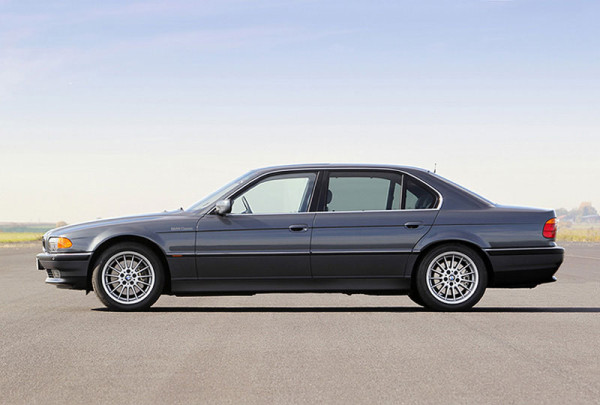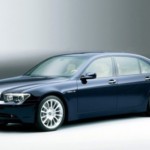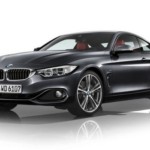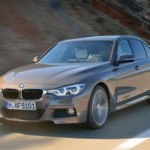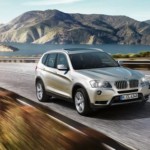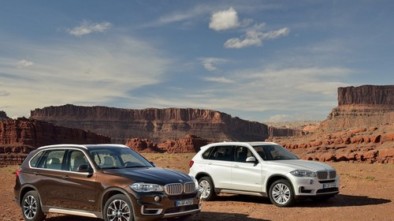BMW 7 Series E38 1994 - 2001 - Used, advantages, disadvantages
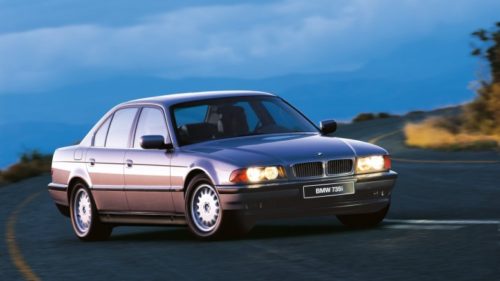
BMW 7 Series E38
The BMW 7 Series E38 is the third generation of the week and was produced from 1994 to 2001. In the upper class where the BMW 7 belongs, it is a sporty alternative to the competition that also offers high comfort. This is also the first model of that generation with navigation, which shows that the Bavarians love electronic novelties. The body of the third generation BMW 7 is spacious and comfortable for passengers. The armature is completely adapted to the driver, and other passengers can look forward to technological accessories in the vehicle. The body is of high quality and there are no problems with rust.
In 1998, the BMW 7 E38 underwent a facelift and the headlights and taillights were changed. In addition, those who need more space can choose for the 14 cm extended body "L -version", but it is only available in combination with petrol engines.
Engine Pallets Sixth and Eight Cylinder Petrol and Diesel Engines, Petrol engines are also available with twelve cylinders. Diesel engines range from 143hp to 245hp, and gasoline engines from 193hp to 326hp.
Standard safety equipment BMW 7 are front airbags for driver and front passenger, ABS and ESP and they are standard equipment, and at an additional cost side airbags and curtain airbags for the protection of the passenger's head, which are also available for rear seat passengers. BMW 7 equipment is almost all optional, rarely any used car has full equipment.
News introduced in the third generation BMW 7 are the already mentioned navigation and generous technological accessories in the vehicle. As for the interior, it is solidly made of quality and durable materials. The quality of a used BMW 7 depends on the maintenance of the previous owner, as a rule, the third generation BMW 7 is considered a durable and reliable vehicle.
But you should definitely pay attention to the flaws that occur. Many technological additions to the vehicle often lead to rapid discharging of the battery and the failure of the electric motor. By 1998, the engine was known to overheat the engine due to a water pump failure, due to a punctured cooler and its hoses. For diesel engines from 1999 to 2001, turbocharger failure could occur. It is necessary to look under the car, as the engine and transmission know how to lose oil. The rear axle can be loosened. Due to the heavy weight of the vehicle, the brakes are quickly worn. It is also necessary to check the shock absorber at regular intervals of 100000 km. Automatic transmission problems are known. In addition, if the air conditioning pipes are clogged with garbage, water leaks into the interior of the vehicle. Body rust indicates poor repair after damage.
As mentioned earlier, the BMW 7 is a reliable car, however, it has high maintenance and repair costs, and in addition, the fuel consumption of this vehicle is not in everyone's pocket.
Technical characteristics
| Manufacturer | BMW |
| Model | E38 |
| The year of production | 1994. - 2001. |
| Variants | 4 door sedan |
| Length | 4984 mm |
| Width | 1862 mm |
| Height | 1425 mm |
| Trunk capacity | 500 L |
| Curb weight | 1960 kg |
| Permissible load (kg) | 535 kg |
| Wheelbase | 2930 mm |
Advantages - BMW 7 Series E38
- Quality workmanship
- Reliability
- Chassis
- Durable and quality interior materials
- Spaciousness
- Udobnost
Flaws – BMW Series 7 E38
- Stupid standard equipment
- Quick battery discharge
- Electric motor outages
- Vehicles up to 1998 engine overheating - water pump failures, radiator and hose leaks
- Diesel engines 1999-2001 turbocharger problems
- Engine and transmission oil loss
- Loose rear axle
- Quick brake wear
- Shock absorber problems
- Automatic transmission problems
- Water leaks inside the vehicle due to clogged air outlet pipes
- Rust on the body - poor quality repaired body after damage
Source: auto-mane.com
Recommendation of similar texts:

Hi there, I am Mladen and I am an auto enthusiast. I started this blog years ago to help like minded people share information about latest cars, car servicing ideas, used car info, exotic cars, and auto technology. You will find helpful articles and videos on a wide variety of cars - Audi, Mercedes, Toyota, Porsche, Volvo, BMW and much more. Ping us if you have anything cool to share on latest cars or on how to make older cars more efficient, or just want to say hi!

